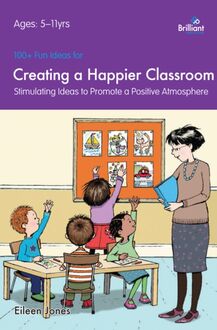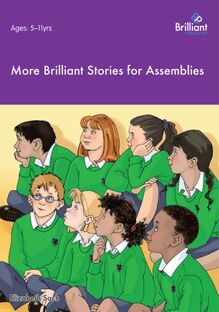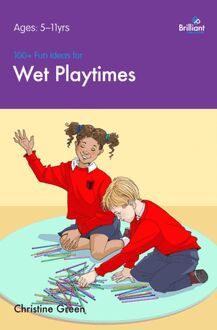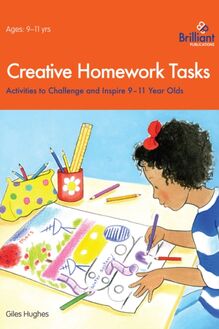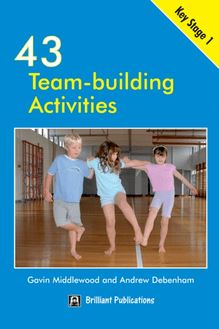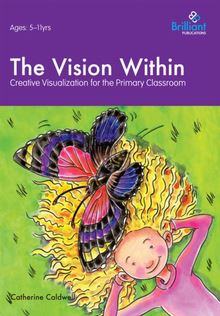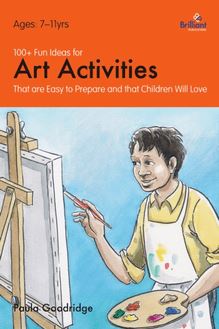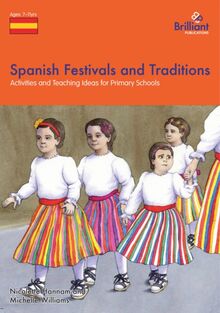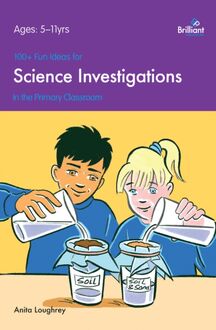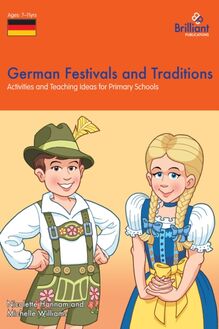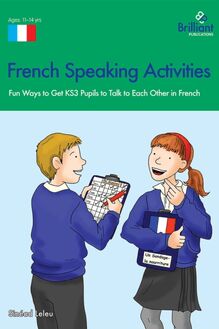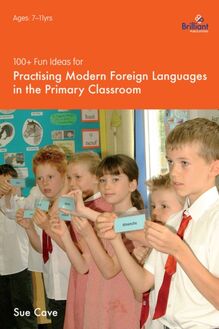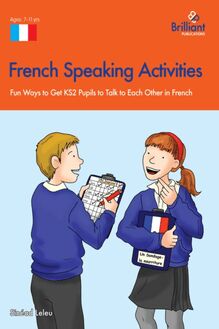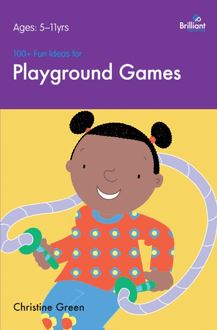-
 Univers
Univers
-
 Ebooks
Ebooks
-
 Livres audio
Livres audio
-
 Presse
Presse
-
 Podcasts
Podcasts
-
 BD
BD
-
 Documents
Documents
-
- Cours
- Révisions
- Ressources pédagogiques
- Sciences de l’éducation
- Manuels scolaires
- Langues
- Travaux de classe
- Annales de BEP
- Etudes supérieures
- Maternelle et primaire
- Fiches de lecture
- Orientation scolaire
- Méthodologie
- Corrigés de devoir
- Annales d’examens et concours
- Annales du bac
- Annales du brevet
- Rapports de stage
La lecture à portée de main
Vous pourrez modifier la taille du texte de cet ouvrage
Découvre YouScribe en t'inscrivant gratuitement
Je m'inscrisDécouvre YouScribe en t'inscrivant gratuitement
Je m'inscrisEn savoir plus
Vous pourrez modifier la taille du texte de cet ouvrage
En savoir plus

Description
Sujets
Informations
| Publié par | Andrews UK |
| Date de parution | 20 avril 2012 |
| Nombre de lectures | 0 |
| EAN13 | 9780857475350 |
| Langue | English |
Informations légales : prix de location à la page 0,0524€. Cette information est donnée uniquement à titre indicatif conformément à la législation en vigueur.
Extrait
Title Page
100+ Fun Ideas for Playground Games
Brighten up Outdoor Playground Games
Christine Green
Copyright Page
Published by Brilliant Publications
Unit 10, Sparrow Hall Farm
Edlesborough, Dunstable
Bedfordshire, LU6 2ES, UK
email: info@brilliantpublications.co.uk
website: www.brilliantpublications.co.uk
Digital edition converted and published in 2012 by
Andrews UK Limited
www.andrewsuk.com
The name Brilliant Publications and the logo are registered trademarks.
Written by Christine Green
Illustrated by Cathy Hughes
© Text Christine Green 2009
© Design Brilliant Publications 2009
First printed and published in the UK in 2009
The right of Christine Green to be identified as the author of this work has been asserted by herself in accordance with the Copyright, Designs and Patents Act 1988.
All rights reserved. No part of this publication may be reproduced, stored in a retrieval system or transmitted in any form or by any means, electrical, mechanical, photocopying, recording or otherwise, without the prior written permission of the publisher.
Introduction
Play is possibly one of the first active things children learn in life and so it comes as no surprise to appreciate how fundamentally important such activity is to a child’s development. However, when they begin school, play takes on a totally different role, more of a social event as opposed to quality time spent with Mum and/or Dad. It is a time when they begin to integrate with their peers, develop skills and moreover is seen to be an integral part of their overall physical and emotional development.
But it isn’t only indoor play that children enjoy and from which they can derive enormous benefits, experts agree that outdoor play is just as important. Play teaches children how to manage some of the risks associated with physical activity. Unstructured physical play is the perfect outlet for helping to reduce stress in a child’s life and encourages them to work out any emotional aspects related to everyday experiences. As adults tend not to interfere when children are playing, this in turn enables them to learn how to relax and have fun. Co-operation, helping, sharing and problem solving are all things children learn through play and are skills which they carry with them throughout life. It is very often the case that much of a child’s learning is achieved through the media, computers and books etc which, at times, can slightly impede their perceptual abilities. But one shouldn’t overlook the other senses, ie touch, taste, smell and the sense of motion via space as being equally crucial to their learning, and this is something which play can provide. Research has proven that physical activity not only improves a child’s attentiveness and helps to reduce restlessness, but also plays a role in uniting the spirit and body as one. And finally, it has been noted that children who are less restricted in their access to the outdoors gain a greater understanding of safety in their immediate surroundings.
Having dealt with explaining why outdoor play is so important to children the next part is providing some games for them to play.
Many of the following games involve the participation of the whole class, others involve only a handful of children and there are several ideas for children to play by themselves. However, one thing they all share in common is to demonstrate to children a healthy fun way of keeping fit and for the teacher the ideal answer for their pupils to use up any surplus energy.
But remember: The pupils’ safety is important at all times and therefore it is essential that children playing outdoors are always supervised by a responsible adult. Accidents can, and all too frequently do occur, even nasty cuts and grazes can result from an over enthusiastic playful push; so if some games become a little too rowdy perhaps this is an indication that a game may not be suitable for them to play and so choose an alternative. In order to maintain children’s interest and their involvement try to keep the games flowing freely.
Ball games
A ball, whatever its size is primarily one of the most invaluable toys you can provide any child to help them practise rolling, bouncing, dribbling, aiming, throwing, catching, kicking, blocking, and balancing. Throwing helps children learn about accuracy and distance as well as having a lot of fun.
All the ball game activities that are focussed on in this section should be played either on the playing field or on the playground area. Some activities involve the use of extra equipment, i.e. a skipping rope, stopwatch or whistle, etc., where required, this equipment is listed under the heading for each activity.
For safety purposes, it is always advisable to use a soft ball. For younger children, a larger soft ball may be more appropriate because the ball moves more slowly when thrown, giving the younger child more chance of success.
1. Dodge ball A favourite ball game for all ages, in particular the older ones. The concept of the game is for one person to be selected as the ‘tagger’. His/her job it is to hit as many people as he/she can with the ball so that they are immediately eliminated from the game. The winner is the last remaining person who takes on the role of ‘tagger’ and another game can begin. In order to keep everyone involved those who have been tagged can join in and help catch the others.
Remember: Always use a soft ball. Make it clear that the head and face area must not be aimed at or hit, and that the ball should never be thrown with such force that someone will be hurt.
2. Team dodge ball This variation of Dodge Ball involves the entire class divided into two teams. One team (A) makes a large circle, the other team (B) stand inside. Whilst team B are running around within the circle, team A have to try and hit one of them with the ball. But a few rules apply: Members of team B must not catch the ball otherwise they are out of the game. Should anyone get hit on the head this does not count and who ever threw the ball is eliminated. Players who get hit then join the opposing team members.
The winner is the last pupil remaining in the circle.
NOTE - When playing this game with young children have an adult in the outer circle.
Remember: Always use a soft ball. Make it clear that the head and face area must not be aimed at or hit, and that the ball should never be thrown with such force that someone will be hurt.
3. Dodge ball in threes This version of Dodge Ball is ideal for younger children to play in threes. As in ‘Piggy-in-the-middle’, two players stand several metres from one another and the third player stands in the middle. As the two outer children pass the ball to one another they also have to try and hit the child in the middle. However, the person in the middle must try to dodge being hit by the ball, without moving out of their place, so there is a lot of ducking and swaying involved. Whoever hits the middle person has to change places.
Remember: Always use a soft ball. Make it clear that the head and face area must not be aimed at or hit, and that the ball should never be thrown with such force that someone will be hurt.
4. Ziz-zag ball
Equipment: Soft ball; whistle This game is for older children to play as it can become rather complicated. The class is divided into two equal teams of seven (A) and (B). They must stand alternately in two parallel lines as shown below:
So members of Team A are numbered 1, 4, 5, 8, 9, 12 and 13
and members of Team B are numbered 2, 3, 6, 7, 10, 11 and 14 When the teacher blows the whistle the basic idea is for the teams to pass the ball in a zig-zag action through their team. Player 1 throws to player 4 Player 4 throws to player 5 Player 5 throws to player 8 ...
... and so on to the end of Team A’s line, while another ball is thrown by Team B, 2 to 3, 3 to 6 and so on. When it reaches the end the ball has then to be thrown back up again: Player 13 throws to player 12 Player 12 throws to player 9 Player 9 throws to player 8 etc., until it reaches player number one again. Meanwhile, the Team B zig-zags the ball from 14 to 11 to 10, back up to 2.
The winning team is the first to get the ball to one end of their team and back up again but if the ball is dropped at any time that team must start again.
5. Numbers
Equipment: Soft ball; pen/paper One person is designated the thrower. The remaining class members stand together several metres away. The thrower tosses the ball up towards his/her classmates and then calls out a number between 10 and 100. An example: Thrower shouts out: ‘15 up for grabs’ and whoever catches the ball is then awarded those 15 points. The ball is then returned to the thrower. However, should anyone catch the ball but drop it they lose that number of points - one reason why the teacher should keep a pen and piece of paper to hand.
The winner is the first person to reach 100 points and someone else is then chosen to be thrower for another game.
6. Score in one!
Equipment: Length of rope; 4 Large plastic bins; whistle
Throwing helps children learn about accuracy and distance as well as having a lot of fun. Place a long length of rope on the ground. Several metres behind place four empty dustbins numbered 5, 10, 15 and 20 respectively. Divide the class into two teams, A and B. Both teams stand a
-
 Univers
Univers
-
 Ebooks
Ebooks
-
 Livres audio
Livres audio
-
 Presse
Presse
-
 Podcasts
Podcasts
-
 BD
BD
-
 Documents
Documents
-
Jeunesse
-
Littérature
-
Ressources professionnelles
-
Santé et bien-être
-
Savoirs
-
Education
-
Loisirs et hobbies
-
Art, musique et cinéma
-
Actualité et débat de société
-
Jeunesse
-
Littérature
-
Ressources professionnelles
-
Santé et bien-être
-
Savoirs
-
Education
-
Loisirs et hobbies
-
Art, musique et cinéma
-
Actualité et débat de société
-
Actualités
-
Lifestyle
-
Presse jeunesse
-
Presse professionnelle
-
Pratique
-
Presse sportive
-
Presse internationale
-
Culture & Médias
-
Action et Aventures
-
Science-fiction et Fantasy
-
Société
-
Jeunesse
-
Littérature
-
Ressources professionnelles
-
Santé et bien-être
-
Savoirs
-
Education
-
Loisirs et hobbies
-
Art, musique et cinéma
-
Actualité et débat de société
- Cours
- Révisions
- Ressources pédagogiques
- Sciences de l’éducation
- Manuels scolaires
- Langues
- Travaux de classe
- Annales de BEP
- Etudes supérieures
- Maternelle et primaire
- Fiches de lecture
- Orientation scolaire
- Méthodologie
- Corrigés de devoir
- Annales d’examens et concours
- Annales du bac
- Annales du brevet
- Rapports de stage
